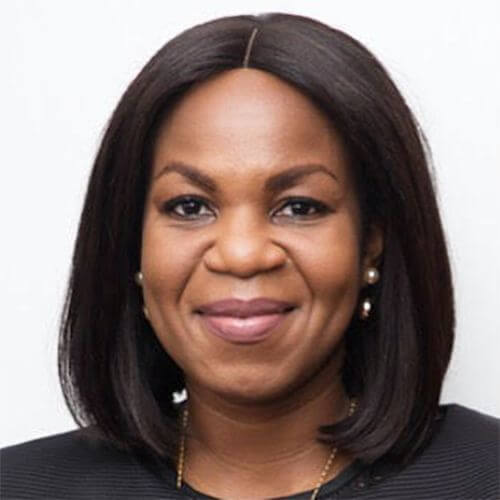Damilola Ogunbiyi, the managing director of the Nigerian Rural Electrification Agency (REA), is responsible for implementing the Nigerian Off Grid Electrification Program and the Nigerian Electrification Project, a $350 million World Bank facility to rapidly increase the deployment of solar mini grids and solar home systems to bring electricity to the country's 80 million people still living without access to power. She is also responsible for the Energizing Education Program, an effort by the Federal Government of Nigeria (FGN) to provide uninterrupted electricity to students at 37 federal universities and seven university teaching hospitals through off-grid captive power plants.
Africa’s largest economy, and soon to be the third most populous country in the world behind India and China, Nigeria is still hamstrung by lack of sufficient energy. Ogunbiyi wants to change that, and told Power for All what her vision is, and what she needs for success: namely a major role for the private sector built on much stronger data.
A PRIVATE SECTOR FIRST APPROACH
“The power sector in Nigeria should be driven by private funding, innovation and technology, which can achieve access much faster than the public sector,” she said. “It needs to be private sector-driven access model for Nigeria.”
Damilola acknowledged that the private sector won’t be able to solve everything alone, including electrifying the most remote communities, as well as customers such as hospitals and schools, which are unlikely to be attractive purely on market terms. So the government is working with the World Bank to devise a variety of limited subsidy structures such as results based financing tied to number of successful connections.
“Ultimately, we need a financially sound market, with the government providing limited subsidy but mostly the right supporting frameworks,” she said. That includes clear licensing and standards and a new mini-grid policy, which came out last year.
Under Damilola, the REA has been given a broader mandate to deliver access not just to rural villages, but also to small and medium-sized enterprises (SMEs), wherever they might be located, even in urban areas. All solutions are on the table, from solar home systems to mini-grids, since “it’s not a one size fits all situation.”
“We aim to serve all of the under-served, including SMEs, which are critical to economic growth of the country. Our target is to connect 100,000 shops this year,” Damilola said. “We can't touch everything, so we’re trying to scale through SMEs.”
THE BIG BARRIER
“It might seem strange, but the one big barrier, even before access to finance, is the lack of sufficient data and information,” Damilola said. “Without good data, the private sector won’t come in to the degree needed. Without good data, we won’t get to the level of capital needed.”
“Let's get the data and make it transparent, and the sector will grow and people will invest,” she said. “I need to show investors data to get the billions of dollars needed to reach our goals.”
But data requires funding, as well as a national field force of researchers who can not only determine the viability of rural communities for different access solutions such as mini-grids, but also work with those communities to ensure full engagement and ownership of those solutions on an ongoing basis, something the private sector shies away from.
Damilola said her goal was to develop 10,000 viable mini-grid sites by 2023.
